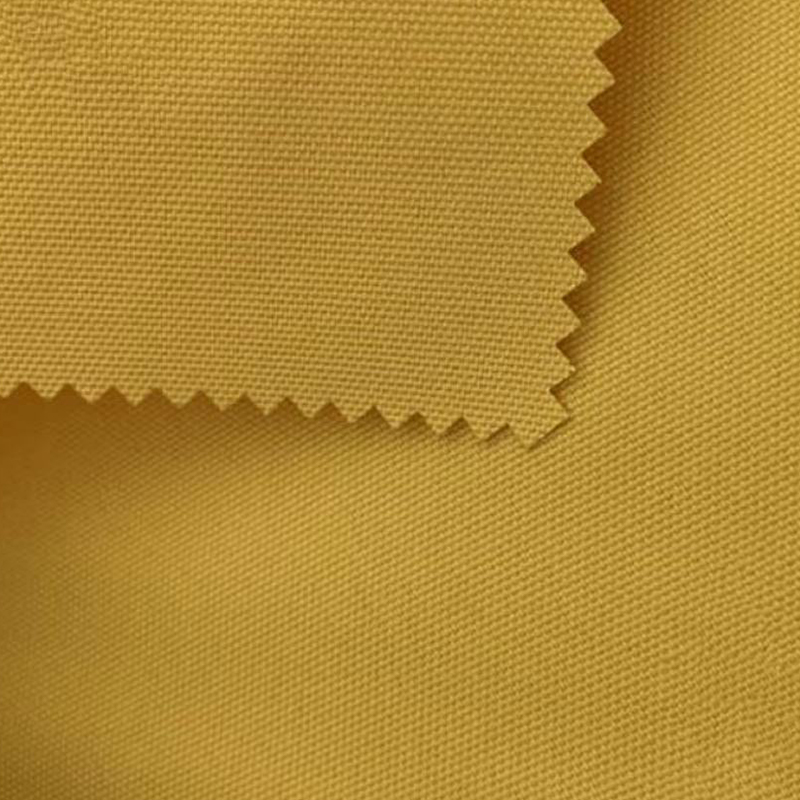Polyester elastic fabric has become a staple in various industries, particularly in activewear and fashion, thanks to its unique blend of durability and stretchability. The manufacturing process of this fabric begins with the production of polyester fibers, which are typically made from petrochemical products through a method called polymerization. During this process, the raw materials undergo a chemical reaction to form long chains of molecules, resulting in a polyester polymer. Once the polymer is synthesized, it is extruded through spinnerets to create filaments. These filaments can be left in their raw state or subjected to further processes such as texturing to enhance their properties.
To add elasticity to polyester fibers, manufacturers often incorporate spandex or elastane fibers into the fabric blend. This is typically achieved through a process known as "blending," where spandex fibers are mixed with polyester fibers during the yarn formation stage. This blend allows the resulting fabric to stretch significantly while retaining its shape, providing comfort and freedom of movement. The ratio of spandex to polyester can vary depending on the desired level of stretch, but even small amounts of spandex can significantly enhance the elasticity of the overall fabric. Additionally, advanced knitting or weaving techniques are employed to create different textures and stretch characteristics in the final product.

After the yarn is created, it undergoes various treatments that can improve its performance qualities. These may include processes like dyeing, finishing, and coating, which enhance properties such as moisture-wicking, breathability, and softness. The finishing processes may also involve heat-setting, where the fabric is subjected to heat to stabilize its structure, ensuring that the elasticity is retained even after repeated washes. This durability is one reason why polyester elastic fabric is favored in products that require both flexibility and strength, such as leggings, sports bras, and other performance apparel.
The rise of Polyester elastic fabric can be attributed not only to its technical advantages but also to shifting consumer preferences towards comfortable and functional clothing. As lifestyles have evolved, so too has the demand for fabrics that can support a range of activities, from casual wear to athletic pursuits. Moreover, the affordability of polyester and its ability to be produced in a wide array of colors and patterns contribute to its commercial viability. In the context of sustainability, the textile industry is increasingly focusing on recycling polyester materials to create new fabrics, aiming to reduce environmental impact while maintaining the desirable qualities of elasticity and durability.
The manufacturing of polyester elastic fabric is a complex process that blends advanced chemical engineering with textile technology. By integrating spandex with polyester fibers and utilizing innovative production techniques, manufacturers create a fabric that meets the demands of modern consumers. This combination of functionality, comfort, and style ensures that polyester elastic fabric remains a significant player in the textile market, evolving continually to meet changing trends and preferences.